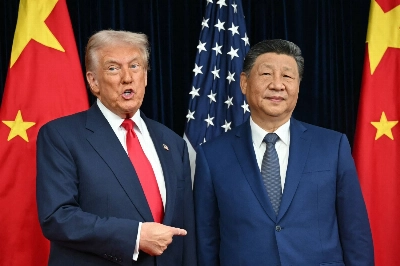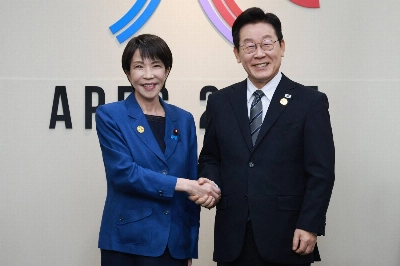Tokyo Game Show (TGS) is hardly the place for fashion, yet by the time the four-day gaming showcase wrapped up on Sept. 29, the only thing on everyone’s lips were “J91-WSDB” — the $1,700 (about ¥250,000) jacket worn by Hideo Kojima during his stage appearance to promote Death Stranding 2: On The Beach.
Designed in collaboration with luxury outerwear brand Acronym, the jacket sold out within minutes of its announcement. Fortunately, this wasn’t the only reason why the game industry celebrity made his return to Japan’s largest gaming convention. For the rest of his stage show, Kojima unveiled some of Death Stranding’s cast members, and it was akin to a film director introducing his actors. Hollywood royalty such as George Miller and Elle Fanning will be taking up the portrayal of characters Tarman and Tomorrow, while Shioli Kutsuna (“Deadpool & Wolverine”) will both portray and voice the character Rainy. Kojima also shared around eight minutes of cutscene footage plus an in-game event where Japanese singer Daichi Miura performed “Horizon Dreamer,” a song and dance created just for the game.

















With your current subscription plan you can comment on stories. However, before writing your first comment, please create a display name in the Profile section of your subscriber account page.